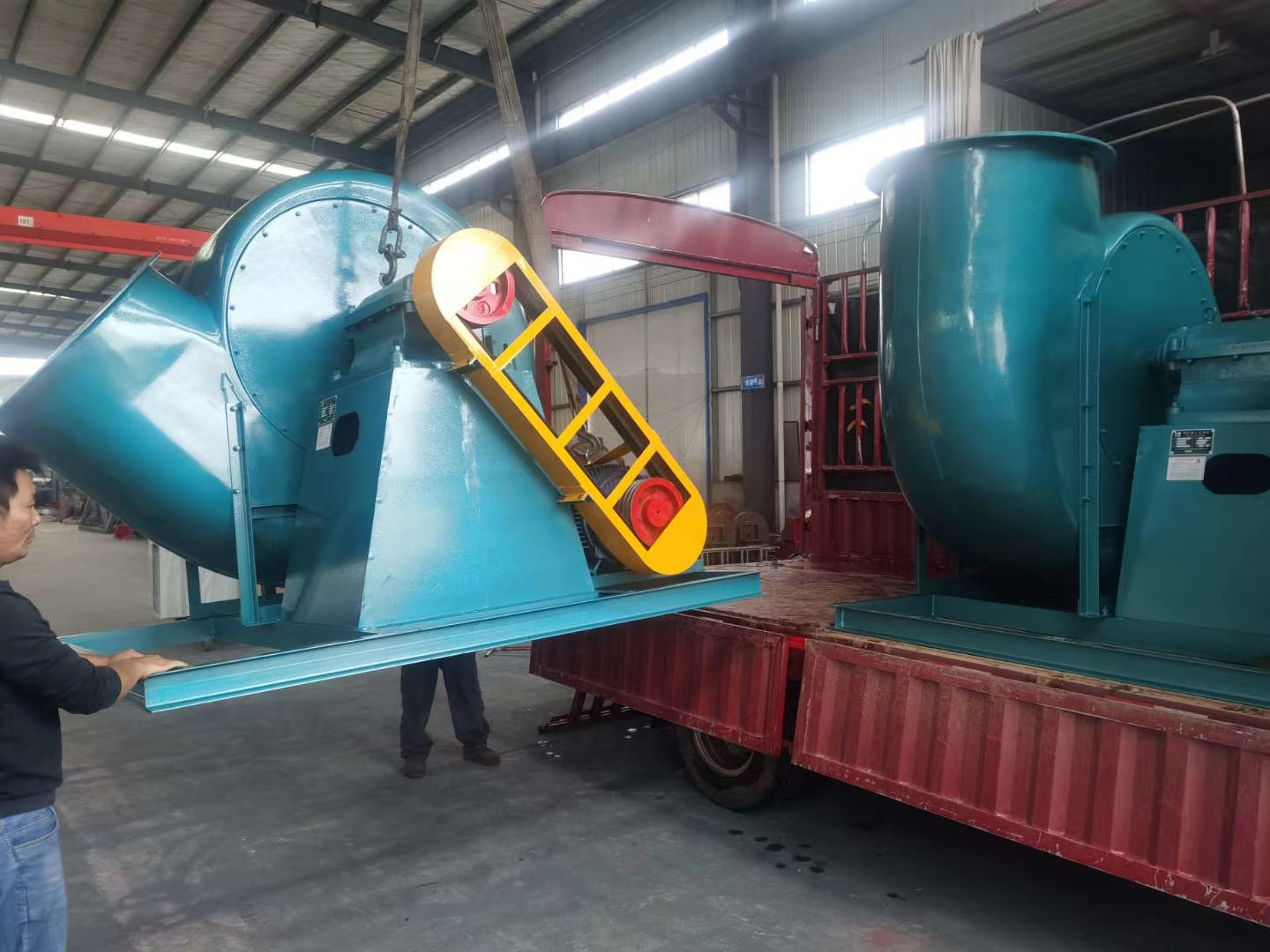Boiler fans are commonly used equipment in industrial production. They are widely used for ventilation, dust removal and cooling of power production, factories, mines, tunnels, cooling towers, vehicles, ships and buildings, and ventilation and ventilation of boilers and industrial furnaces. The boiler fan is a machine that relies on the input of mechanical energy to increase the gas pressure and exhaust gas, so it is easy to have corrosion and wear problems of impeller, housing, shaft, bearing and other parts during the working process.
The main structure of boiler fan includes fan impeller, fan housing, guide plate, fan shaft, bearing, synthesizer, etc. The function of fan impeller is to generate pressure head and transmit energy; The fan housing collects the gas discharged from the impeller to the outlet, and converts part of the kinetic energy of the gas flow into pressure energy. The deflector is an inlet regulating damper to regulate the output of the machine and isolate the equipment from the system; The fan shaft is responsible for transmitting torque; The bearing bears the radial and axial load of the rotor, limiting the radial and axial movement position of the rotor; In case of small loss, the collector makes the air flow fill the inlet section of the impeller evenly.

The main steps of corrosion and wear maintenance of boiler fan by thermal spraying technology are as follows:
1. Check the loss: the construction personnel shall carefully check the corrosion and wear of the boiler fan first, and formulate the corresponding spraying scheme according to the different conditions of each part.
2. Surface pretreatment: before spraying, the surface of rusty wear parts shall be pretreated to remove grease, other dirt, rust, oxide skin, old plating, welding particles, etc., so as to coarsen the metal surface.
3. Spraying: spray according to the corresponding spraying scheme. The spraying materials shall be anti-corrosion and wear-resistant thermal spraying materials with corrosion resistance, high hardness and good wear resistance.
4. Quality inspection: after spraying, the coating quality shall be inspected, and the coating thickness shall be tested with a special thickness gauge.


